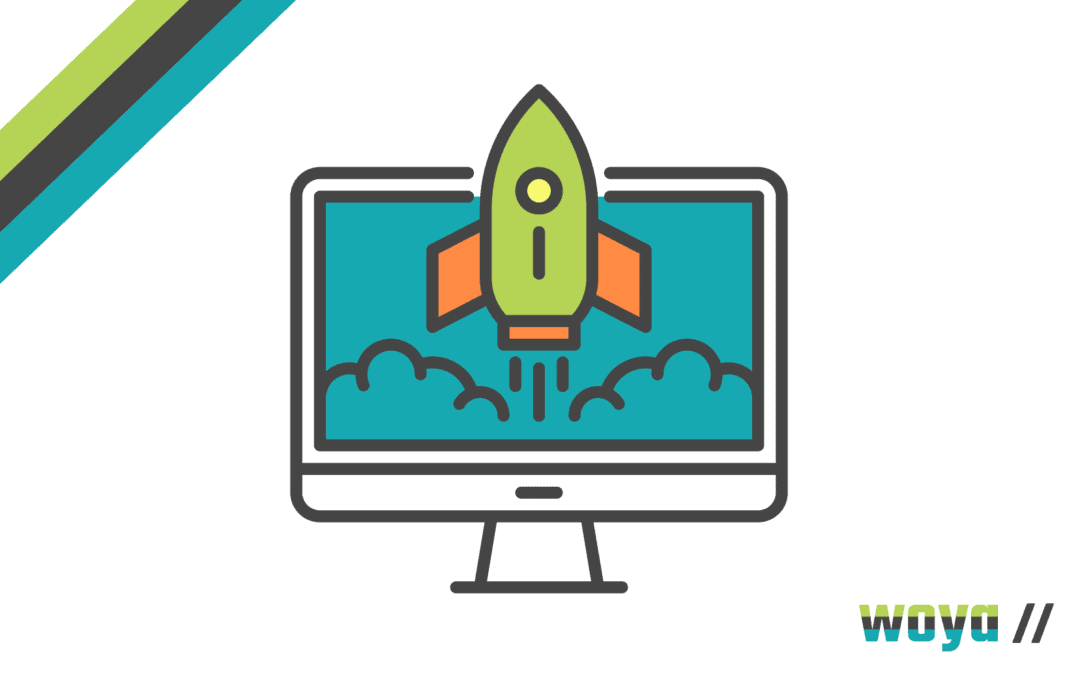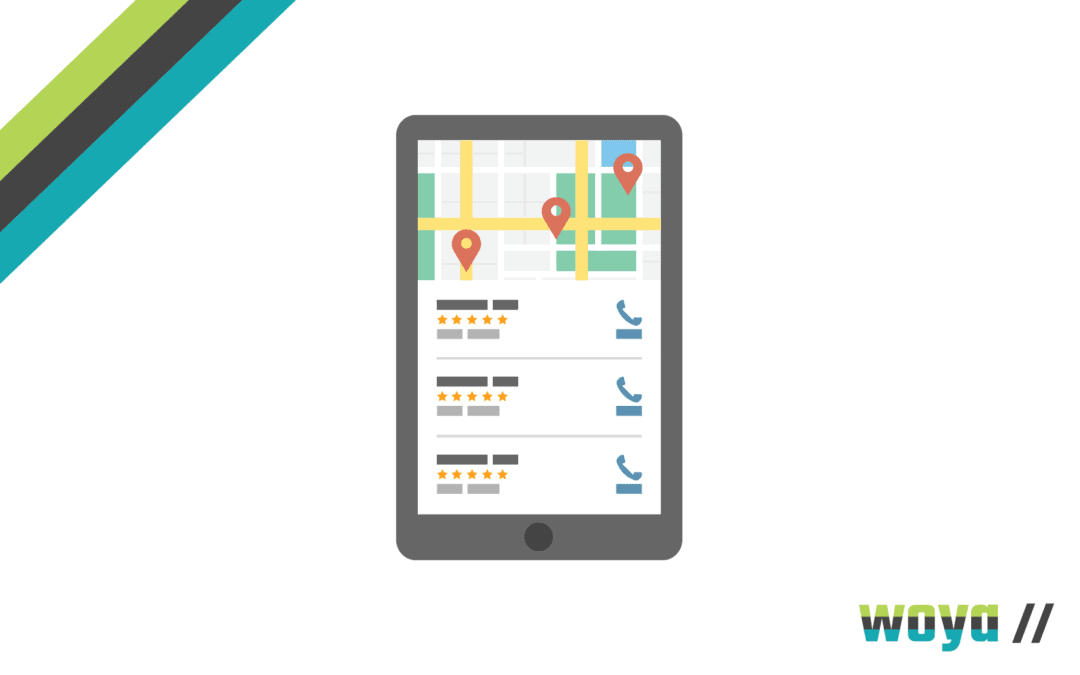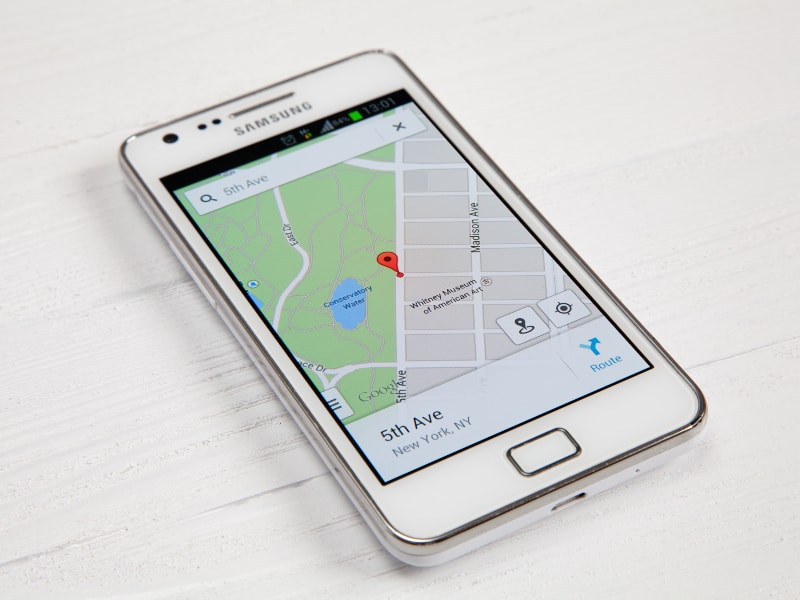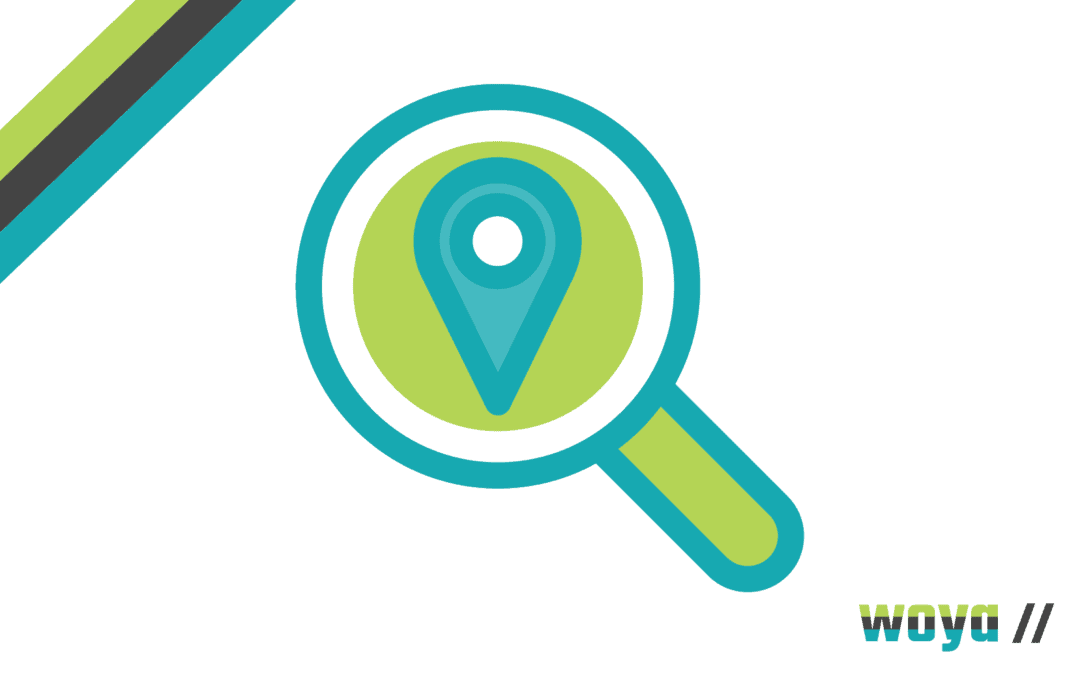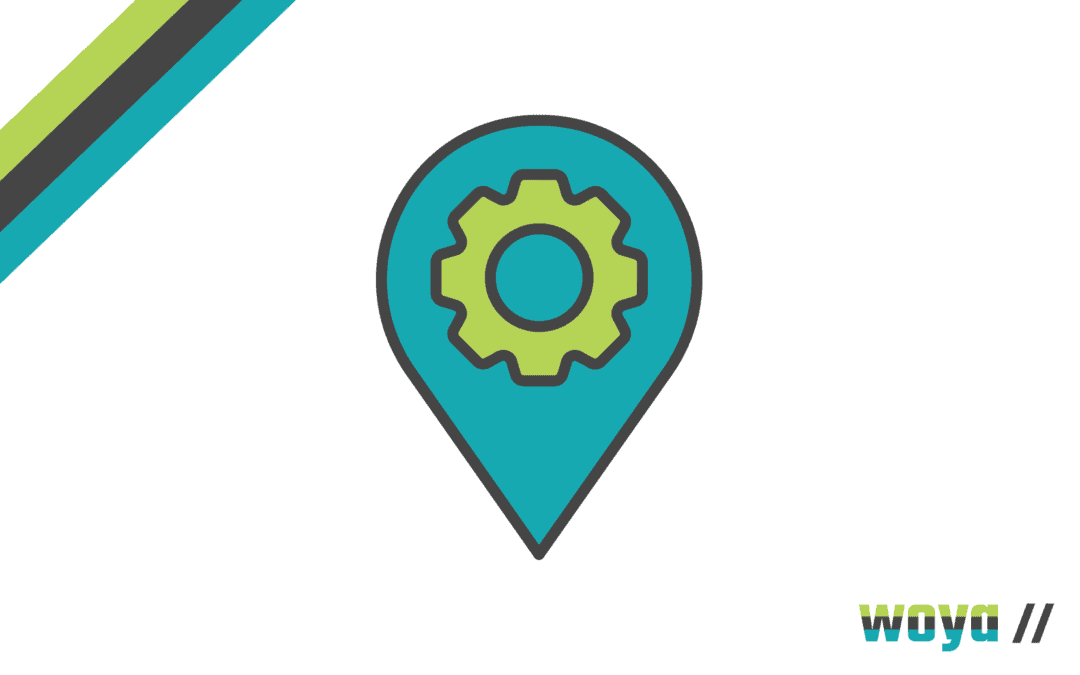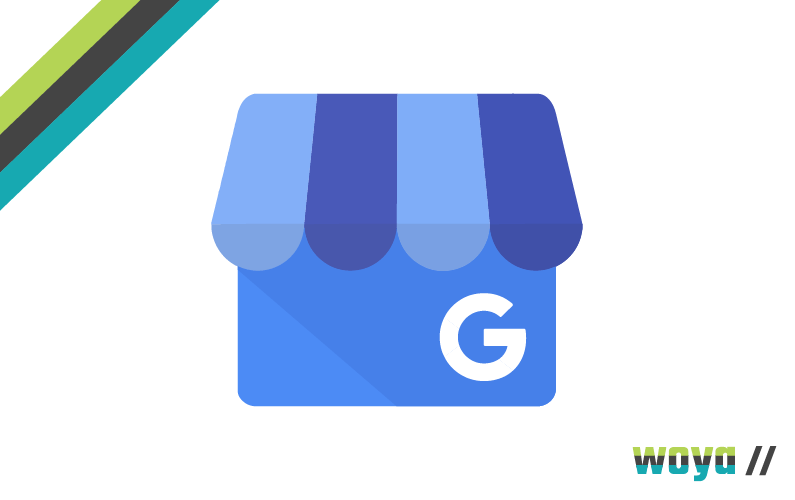
Google My Business Setup and Optimisation
Reading Time: 4 minutesGoogle My Business is a hugely beneficial marketing tool for local and small businesses who need to be found online. It can prevent companies getting lost in the tens of thousands of related search results when internet users near them research into something similar.
We’ve published before about why small and local businesses need a presence on Google My Business, but here we guide you through your Google My Business setup and optimisation process: to benefit your local SEO and help grow your local business online.
Remind me: what is Google My Business?
Google My Business is a business marketing tool aimed at local business owners to help build them up a web presence on what is increasingly a busy and crowded marketplace online through the Google search engine. Google My Business presents address, website and contact details for a local business in a prominent feature when a related term is searched on Google. GMB also powers Google Maps, so it’s essential to get this right.
What benefits are there to Google My Business?
Google hosts over 3.5 billion searches on a daily basis; so for small local businesses, it can feel difficult to be seen amongst all the competition. Google My Business listings improve local SEO by targeting those searching from or for the geographical area relevant to the local business and presenting plenty of information on the company in an easy to read and prominent position on the front page of listings.
What is the cost?
Google My Business is completely free to set up! While some businesses do choose to go on and invest money in various advertising options with Google, this is a separate expenditure and is completely optional. Providing your Google My Business listing is completed sufficiently, further advertising is by no means a necessity.
Setting up Google My Business: Step-by-Step
To set up your free Google My Business listing, first go to www.google.com/business.
You will be taken through a range of steps in order to setup your account and input all relevant information. This includes:
- Business name
- Business category
- Geographic location (for face to face service or an office presence)
- Where customers can be served
- Premises address
- Contact details.
Once this detail has all been added, you can publish this listing and the data will be processed by Google.
A Google My Business profile must then be verified to be publicly listed – and this proves that the business owner is genuine. Claiming the profile through verifying it allows the listing to display a Google Maps location and to share posts.
There are currently two ways to verify a profile; but for many, only one method is available. Verifying by postcard, whereby Google sends a physical postcard with a bespoke code on it to the business’ address for them to then input into the site’s dashboard in the back-end; is the most common method of business verification. The address listed on Google must match exactly where it is to be received. Verification by postcard can take up to 14 days, and if it hasn’t arrived by this point, a new one can be requested.
Some businesses are given the option to verify their profile by phone. If this method is applicable, it will be displayed as you click through to the verification process. This allows for an automated phone call with a confirmation code to be read through it to be made directly to the business phone number listed. This can take place immediately.
There have been trials of verification through a smartphone app and via email, but neither of these methods have yet been rolled out to all of those applying.
Without verification, your Google My Business account will remain inactive and options are very limited. In order to optimise its presence, verification should always be sought.
Once verification has been completed, photos should be added to the business listing. Even if there are not physical premises to photograph and feature, something related should always be added. Google’s own statistics show that businesses with photos receive on average 35% more click-throughs to their website than those without; and photos have a beneficial impact on local SEO.
Once My Listing is live… what next?
Once your profile has a successful listing on search results, it doesn’t mean the job is done and work can halt. Instead, there’s lots of ways to optimise the profile to keep local SEO consistently high and ensure that the listing is shown to as many people as possible. These include:
- Adding and updating relevant keywords to the listing
- Keywords are always required for decent SEO, but when included in a Google My Business listing, will further increase the chances of it being displayed to those searching for something relevant
- Uploading a logo, cover photo and photo/video content
- Regularly updating and adding content demonstrates a consistent and regular commitment to delivering up-to-date information, which Google recognises and rewards with favourable algorithm prioritisation
- Encouraging regular reviews
- Reviews are displayed alongside business information, and the higher the average score, the better. Sending out a link to review the business to existing customers alongside the management and response to existing reviews shows that the business is authentic in its customer care standards
- Publish offers, events, products and services
- Google users are used to convenience and so like to be presented with as much information as possible with as little effort as possible. Ensuring a Google My Business listing has as much up-to-date data on it allows interested users to access all the info they need in one place
- Make use of customer insights
- Google provides user insights to all Google My Business clients. These allow for those using the service to better understand their audience and their browsing habits, as well as to identify how and why they interact with the business. This presents opportunity for continuous improvement and optimisation.
A Google My Business presence should remain as up-to-date and relevant as possible in order to demonstrate the activity of the company to both Google itself and its users. The impact this will have on local SEO, and therefore custom, is hugely beneficial – so if you haven’t started already, why not?
If you’re a local business looking for further support with your GMB listing and local marketing, don’t hesitate to get in touch with the Woya Digital team.

